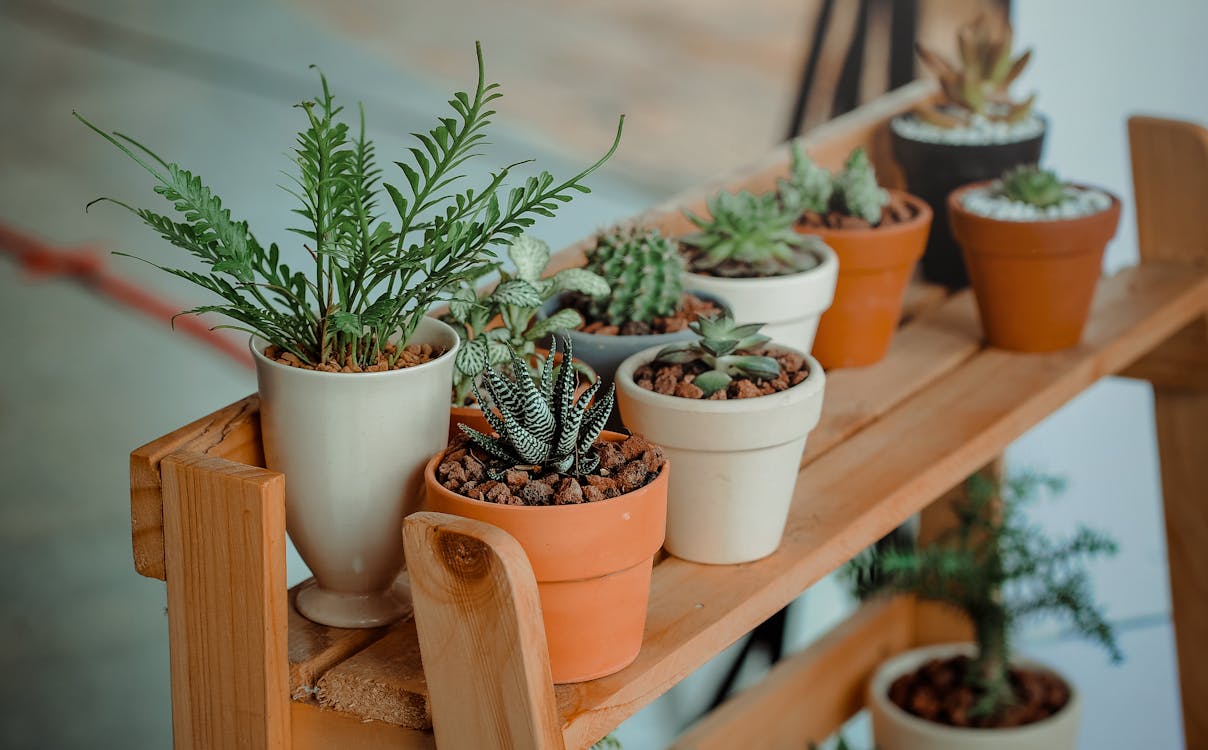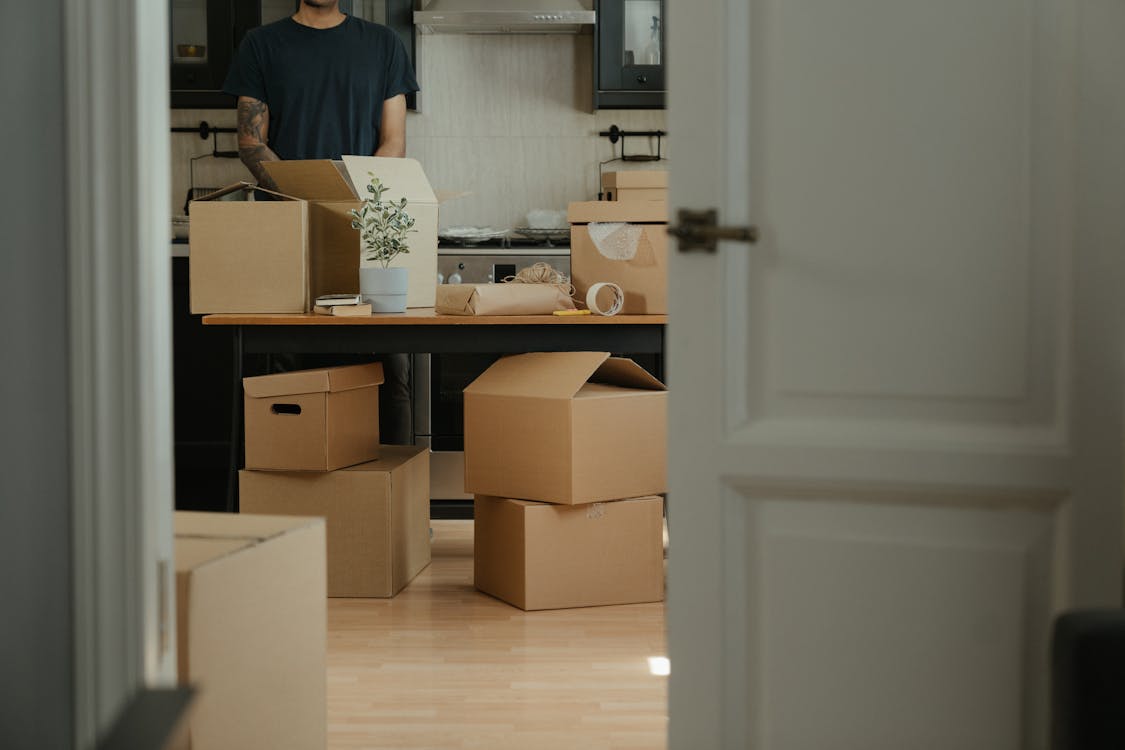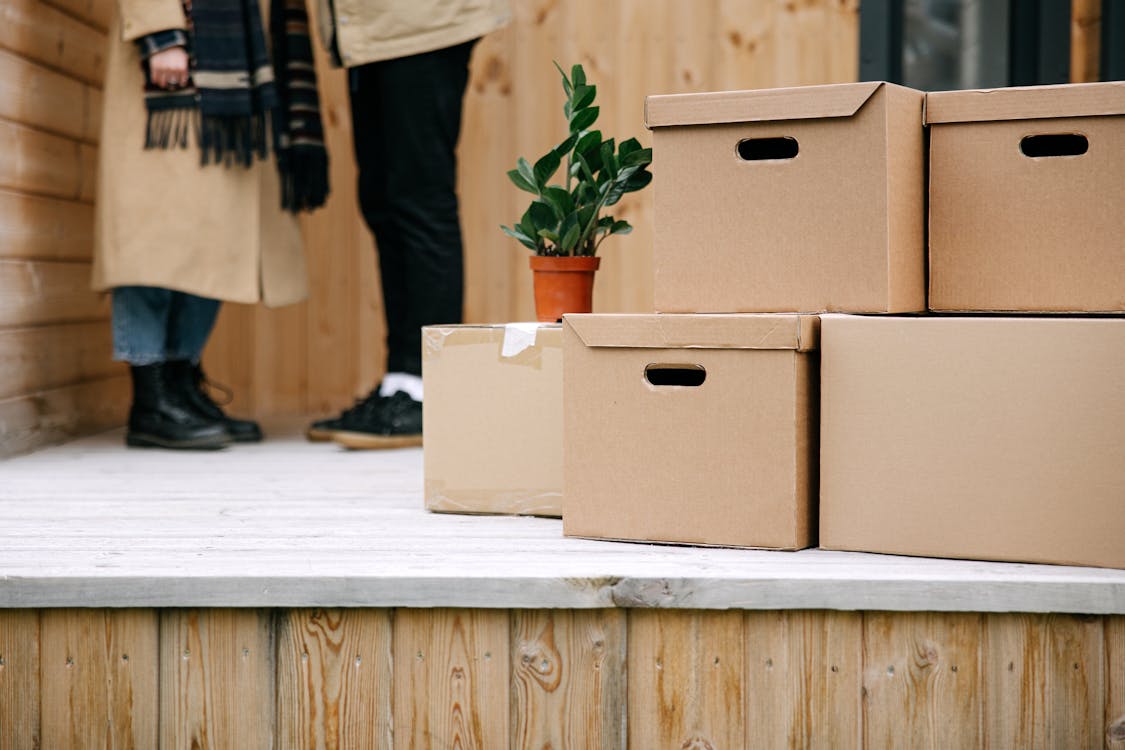Your plants are more than just decor for your house. They’re part of your family.
From finicky orchids to a robust fiddle leaf fig, you’ve spent months or possibly years tending to these plants, and you want to ensure they stay safe and healthy while moving to your new home.
If you’re looking for ideas on how to move with plants, you’re in the right place. Below, you’ll find some tried and true moving tips and tricks to transport plants successfully.
The Importance of Plants in Our Lives
Houseplants offer numerous physical and mental health benefits, including the following:
Naturally, you want to continue experiencing these benefits after your big move. However, keeping plants alive while moving can be tricky.
The Challenges of Moving with Plants
Whether you’re transplanting large plants or tiny succulents, moving with plants presents several challenges, including those listed below:
Evaluating the health of your plants
First, you have to ensure your plants are healthy enough to survive the journey to a new space, especially if you plan to move long distance.
Signs of a healthy plant include firm leaves, well-formed flowers or fruit, and a well-developed root system. An unhealthy plant may have many dry, damaged, or dead leaves, stems, flowers, or fruit.
In general, the healthier your plant is, the better off it’ll be during the transition.
Consider local plant laws and regulations
Did you know that some states, including California, Arizona, and Florida, have strict laws and regulations regarding plants and moving them across state lines?
If you’re unsure if moving a particular plant is okay, contact your state’s Department of Natural Resources or the Department of Agriculture. Violating your state’s laws (either the state you currently live in or the one you’re moving to) could result in fines and other penalties.
Consider the new location’s climate
Even if your plants are healthy now, there’s no guarantee that they’ll thrive in a new environment -- especially if you’re moving somewhere with a vastly different climate.
Outdoor plants, in particular, might suffer if you relocate to a very cold or dry climate when they’re used to warmth and humidity (or vice versa).

Preparing Your Plants for the Move
If you’ve decided that you want to pack plants and take them with you to your new home, you’ll need to prepare them for the journey.
Here are some essential steps plant parents like you can take to set your outdoor and indoor plants up for success:
Pruning and repotting your plants
Start by thoroughly pruning your plants. A few weeks ahead of the move, cut off any dead leaves or branches. Pruning helps to encourage growth, promote healthy fruit or flower production, and maintain your plants’ overall health.
After pruning, repot your plants. Transition them from heavy ceramic pots and plant them in plastic pots with sterilized potting soil instead. These lightweight planters will be much easier to move.
Watering and fertilizing your plants before the move
Be sure to provide your plants with plenty of water and nutrients (with the help of fertilizer) leading up to your move.
Consider the season and time of year when tending to your plants as well. For example, your plants will likely require more water during a summer move. During a winter move, it’ll be best if the soil is dry so it doesn’t freeze halfway to your new home.
Protecting your plants from pests and diseases
As you prepare for your move, be extra-cautious about protecting your plants from pests or diseases -- you don’t want to bring those things with you to your new home, do you?
To reduce the risk of fungal or bacterial growth, water the base of the plant instead of the leaves. Test the soil for the appropriate levels of acidity and alkalinity and make adjustments as necessary, too.
You may also want to treat your plants with an all-natural pest repellant like hot pepper spray, which is harmless to plants but deters many insect species. If you take this approach, be sure to warn everyone that you’ve sprayed your plants so they can be careful when touching them!
Packing Your Plants
As moving day gets closer, you’ll need to start making plans to pack your plants. Here are some guidelines to help you protect them in the moving truck:
Supplies you need for packing plants
Start by collecting the packing supplies needed for transporting plants.
Make sure you have plenty of the following on hand:
-
Plastic bags
-
Paper towels
-
Cardboard moving boxes
-
Bubble wrap
-
Packing paper
You may also want to purchase flea collars, which can be placed around potted plants to avoid bringing pests with you.
If you’re moving trees, sphagnum moss can keep them healthy and protect your other belongings from damage.

Techniques for packing plants safely and securely
Wait to pack your plants until the day of the move.
When the day arrives, cover each pot with a plastic bag, tying the handles around the plant’s base to save your back seat or the cab of the moving truck from being covered in soil.
After wrapping the potted plants, place each one in a moving box. Fill in the gaps in all boxes with bubble wrap or packing paper to prevent plants from shifting.
If you plan on stacking your boxes, seal each one loosely and poke holes in the top and sides so they can breathe.
How to pack smaller house plants
Small plants can share moving boxes. Follow the same steps listed above when packing them, and be sure to fill gaps with paper or bubble wrap.
Avoid cramming too many small plants into one box. They might make it too heavy or hard to seal, which could lead to a spill or broken pot when movers are hauling them in and out of the truck.
How to pack large plants
All of your larger plants should have separate moving boxes. Each box should be padded with paper or bubble wrap to avoid shifting.
Moving Day
If possible, transport your plants in your vehicle or the cab of the moving truck to ensure they get enough air and aren’t accidentally crushed by a falling box. The following hacks will help you keep the plants safe while they’re loaded, unloaded, unpacked, etc.
Loading and unloading your plants
When loading them into your vehicle or the moving truck, place plants on the ground so you don’t have to worry about them falling off the seat. Try to minimize the amount of moving around they do during the journey as well.
When it’s time to unload your plants, get them out of the vehicle and away from the chaos as quickly as possible. Put them somewhere safe in the house or yard. Open the boxes and unwrap them so they can get fresh air and sunlight while you work on unpacking other items.

How to ensure your plants are safe during transport
It’s natural to be nervous the first time you move with live plants, especially after you’ve dedicated so much time and energy to caring for them.
Proper prep work and packing can do a lot to reduce your nerves and keep your plants safe.
If you aren’t already planning on it, consider working with a professional moving company. Movers have experience transporting all kinds of items, including house plants, and they can offer advice on the best ways to keep them safe and get them to their new homes alive and well.
Unpacking Your Plants
When it’s time to unpack your plants completely and set them up in their new places, reference these guidelines to help them adjust to their new home:
Unpack your plants carefully
Open each box carefully and use caution when moving plants -- especially the heavy ones -- around your home and yard. Carry the pots from the base to avoid breaking or spilling, and set them up in areas that they’re most likely to enjoy (Do they need full sun? Partial sun? Shade?).
Repot and acclimatize your plants
Transfer your plants back to their original pots with fresh, nutrient-rich soil. Consider giving them fertilizer for extra nutrients to help them adjust faster.
Pay attention to light levels, temperatures, and other factors that could harm or help your plants. You may need to move them around a bit or adjust the thermostat to set them up for success.
Monitor the health of your plants after the move
Continue watching your plants as you settle into your new home. Remember that it’s normal for them to take a few weeks to adjust and fully recover from the journey.
Conclusion
It’s okay if you’re nervous about moving with your plants. The tips and guidelines discussed above will help to simplify the process, protect your plants, and help you acclimatize them to their new home as quickly as possible.
If you’re looking for professional moving companies that will ship plants and treat them like they’re their own, we can help at Oz Moving and Storage. Contact us today for a free moving quote.
LIKE OUR FACEBOOK PAGE FOR MORE GREAT MOVING TIPS: Oz Moving & Storage








